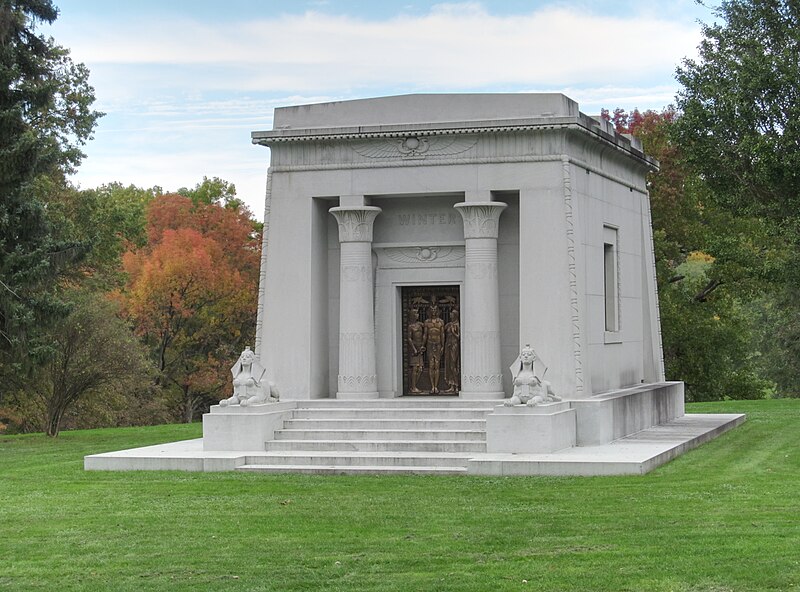
The stone has eroded so much already that only the outline of the crucifix is visible in the Byzantine cross. The inscription is still very legible, however; the monument was probably put up when Mike P. Sapsara died in 1932, but old Pa Pitt suspects the inscription has been recut, replacing an illegible original. Note that the inscription is a hybrid of Croatian and English. The photograph of Mike P. Sapsara is in poor shape, but you might still recognize him if you met him on the street.












